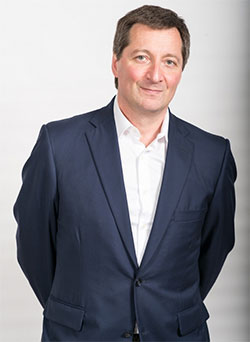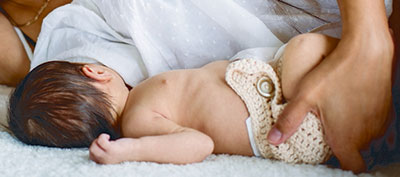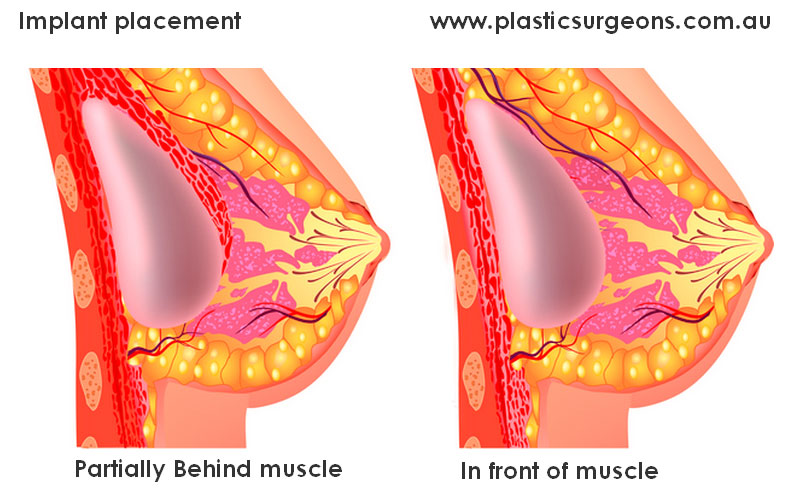

With more women than ever undergoing breast augmentations and having breast implants; and the age of women undergoing such surgery including those of a much younger age, a frequent concern is whether or not you will be able to breastfeed after breast surgery, and what your implants and breasts might look like after breastfeeding if you’ve had an augmentation. Dr Craig Rubinstein from the Coco Ruby Plastic Surgery helps us to know what to be aware of when breastfeeding with implants.
If you are young and considering a breast augmentation, breast reduction or implants, and want to have children in the future, you should definitely inform your surgeon of your desire to breastfeed. You’ll want to thoroughly discuss the various options in order to reduce the chances of your ability to breastfeed being compromised. Dr Rubinstein says, “Even without breast surgery, some women are simply unable to breastfeed. It is important to recognise that there’s no guarantee for breastfeeding capacity, but a great Surgeon will take every surgical precaution to not significantly impact the area of the breasts that are relevant to breastfeeding.”
You can find various sources of information on the internet advising that breast augmentations and implants will not affect your ability to breastfeed. However, this is not necessarily true. It depends on several factors.
Breast reduction usually involves moving your areola and nipple to a new position during surgery. This may possibly interrupt the flow of milk getting through to the nipple and areola. For this reason, it is said that a breast reduction may have a higher chance of causing issues when it comes to breastfeeding than just having breast implants.
Were the milk glands and/or milk ducts damaged during the surgery?
Any breast surgery requires incisions being made, and depending on your surgeon’s technique the location of those incisions changes. Your breast is filled with nerves, glands, glandular tissue and milk ducts – which produce the milk. If any of these are disrupted, cut or blocked during surgery it may affect your ability to either produce milk, or interrupt its flow through to your areola and nipples. This may lead the breasts to swell, and whilst mastitis is a possibility for all breastfeeding women whether you’ve had breast surgery and implants or not, it is something you should be aware of. Whilst it is possible for your body to repair compromised breast tissues, it is a slow process and may or may not fully recover your ability to breastfeed.
Where are your implants being placed?
Implants can either be placed under your chest muscles or between your chest muscles and breast tissue. Implants placed under the muscle reduce the chance of damage to nerves and ducts so you may wish to discuss this with your surgeon.
Dr Rubinstein says, “Placing the implant partially behind the muscle and partially above the muscle, called a “Dual Plane” Implant approach, is a preferred technique for reducing potential disruption of the breast tissues, nerves and ducts that are crucial for breastfeeding.”
Different Breast Augmentation Techniques – do they affect Breastfeeding?
Different surgeons may use different techniques, depending on the type and size of the implants, the patient’s individual needs, and their preferred method of surgery.
One common technique for breast augmentation is the periareolar surgical approach, where the incision is made on the darker area around the nipple. Whilst this may result in less obvious scarring, it may also affect breastfeeding in that it increases the risk of damaging milk ducts and nerves. Breast tissue damage can be reduced by any incisions being made under the breast through the fatty tissues instead of the top or around the areola.
This is where you will want to discuss with your surgeon whether implants under or over your muscle will better suit your needs for breastfeeding, ie function, as well as how your breast augmentation/implants will actually look, ie. your aesthetic goals and scarring. Dr Rubinstein specifies, “The Dual Plane implant approach is my personal preference if suitable for the patient. We have had many patients who had implants using this placement method who were still able to breastfeed when they had children.”
What if your breast implants rupture during breastfeeding?
This is a common concern for women with implants considering breastfeeding. However, most reports suggest there is no reason for the concern. Most breastfeeding experts believe that whether your implant is it’s saline or silicone, if your breast implant/s were to rupture whilst breastfeeding, that the liquid would not mix with the breast milk. But again, make sure you express your concern to your surgeon and they can take this into account when identifying the best placement of the implants, ie. under or over the muscle or dual plane.
How will my Implants look after Breastfeeding?

This is because, during breastfeeding, your breasts become engorged with milk, which stretches your breast skin, sometimes quite significantly for some women. Your breast tissue will also shrink after breastfeeding.
The issues with implants can arise your skin sags around your breast implants, meaning there is less tissue (or weakened tissue) to hold it up – this will likely result in the need for a breast lift (mastopexy).
Successful breastfeeding can be uncertain, and this applies to people with and without implants or previous breast surgery
So we, and Dr Rubinstein, suggest for any of you considering a breast augmentation, implants or breast reduction before pregnancy and breastfeeding, to consult with at least TWO breast specialist plastic surgeons about the best surgical approaches; and related options, to help maximise YOUR chances of being able to breastfeed without any added obstacles.
Breast Specialist Plastic Surgeon Dr Craig Rubinstein is highly regarded in the industry for his high-precision breast surgical procedures. He is also sought after for his expertise in Revisional Surgery procedures for complex and corrective breast and abdominal procedures including Breast Asymmetry corrections, Nipple Surgery and Tummy Tuck procedures.
If you would like more information on Dr Rubinstein click here, or phone Coco Ruby Plastic Surgery directly on (03) 8849 1444 to arrange a consult.
Further Information about Breast Augmentation Surgery
- Breast Augmentation Blogs at Plastic Surgery Hub
- Breast Implants Perth | Breast Augmentation by Dr Guy Watts
- Breast Augmentation Implants: How To Prepare for Surgery Dr Bish Soliman
- Breast Augmentation Melbourne by Dr Carmen Munteanu
- Augmentation Mammoplasty (Breast Augmentation) by Dr Jake Lim
- Recovery after Breast Augmentation Surgery– Dr Michael Kernohan

